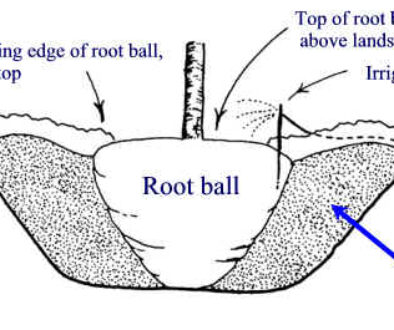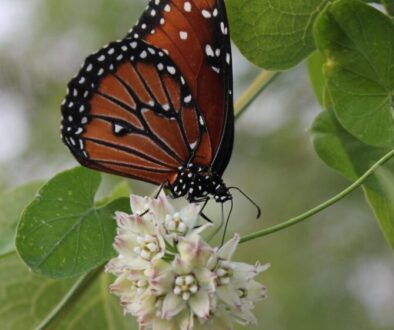Transitioning Winter Rye to Bermudagrass
Now that the temperatures have consistently been above 65 degrees in the evenings, it is time to start phasing out the Winter Ryegrass in your community and re-vitalizing your Bermudagrass. Here in the Arizona desert, our climate calls for two different grass species; Bermudagrass in the summer and Ryegrass in the winter (should you choose to overseed). This time of year the Ryegrass starts to wilt and turn brown as it dies off for the summer and the Bermudagrass begins to sprout. There are several tips to consider when transitioning your turf so that the Bermuda will begin to emerge.
Transitioning Your Winter Rye
It is important to transition your Bermudagrass properly so that come fall overseed time, your bermudagrass will still be there, dormant and ready for revival the following spring. In order to bring it back, you will need to:
- Scalp you winter rye to about 1/2 its usual length, allowing the heat from the sun to get through and stress it into submission.
- Decrease your water usage to allow the Rye to die off. Bermudagrass thrives with less water and warmer temperatures, whereas Rye requires the exact opposite.
- Fertilize your turf using a high ammonium sulfate fertilizer to weaken the Rye’s hold while strengthening the Bermuda’s control. It may also be a good practice to aerate your lawn to allow water, oxygen and the fertilizer to better reach the roots of your grass.

This transitional time of year may be confusing to those not familiar with our desert climate. That is why it is important to understand the anatomy of our native Bermudagrass and its transitional behaviors/requirements.




